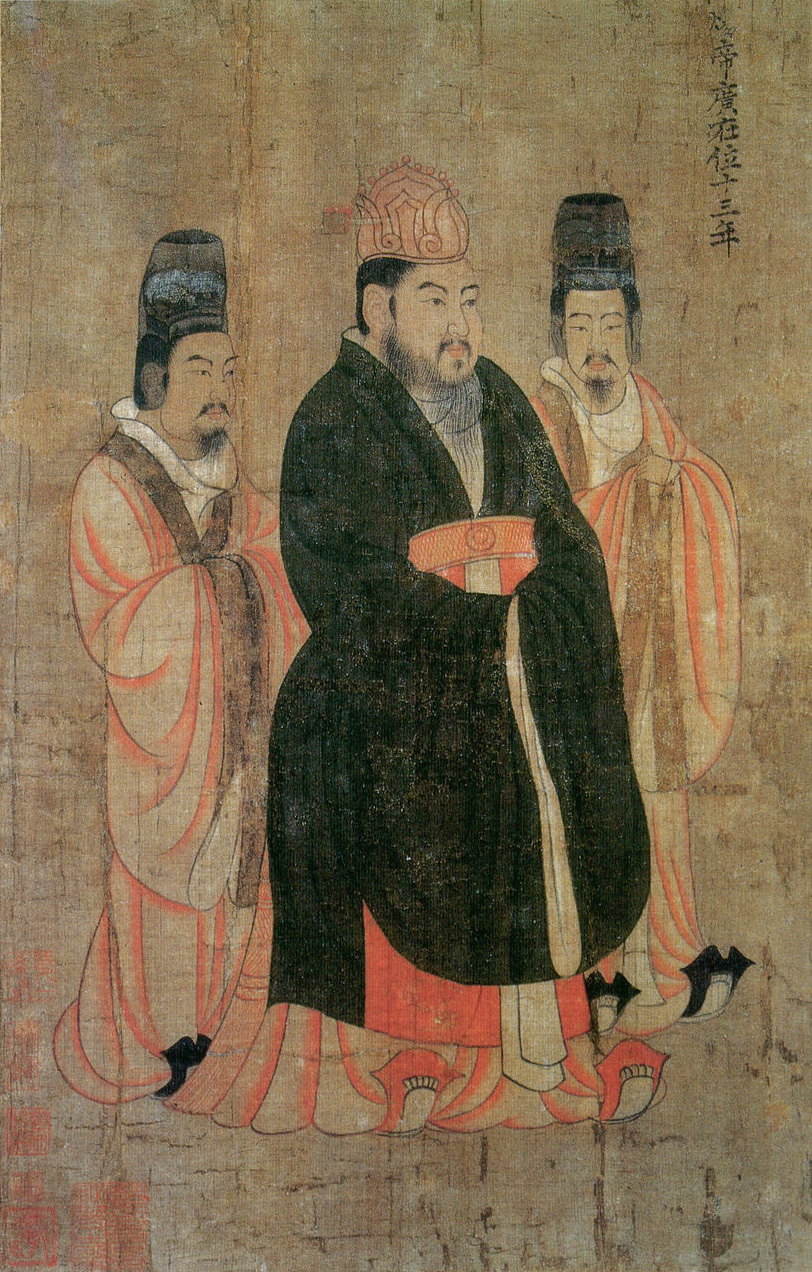
Connecting Lake Erie with the Hudson River, the Erie Canal created a trade route from the Great Lakes region to the Atlantic coast. The waterway facilitated development of the Midwest and accelerated leadership of New York City, located at the mouth of the Hudson on the Atlantic Ocean, as a world urban center. Credit for building the canal goes to DeWitt Clinton, political leader who served as a state senator, U.S. senator, and mayor of New York City, before becoming governor of New York State. On April 15, 1817, the New York State Legislature provided funding for Navigable Communications between the Great Western and Northern Lakes and the Atlantic Ocean. How does the Erie Canal link to Atlantic Studies and to the Atlantic Rim Network, whose mission serves “global issues, local solutions, and regional connections?” What other areas of the world, with powerful lakes and rivers that could be connected to oceans, might arrange a beneficial “wedding of the waters?”
For more on the Atlantic Rim Network:
James H. Barron, Jessica C. McWade, “Toward a New ‘New Atlanticism’,” Parallax: Journal of International Perspectives, Vol. No 1, Fall 2003, pp. 75-89.
On the Erie Canal:
Building the World Blog by Kathleen Lusk Brooke and Zoe G Quinn is licensed under a Creative Commons Attribution-NonCommercial-NoDerivs 3.0 Unported License.







